Microscope objectives are the core components in microscopes, used to magnify and observe tiny objects such as cells and tissues. Designing microscope objectives requires consideration of several factors to ensure their performance and quality.
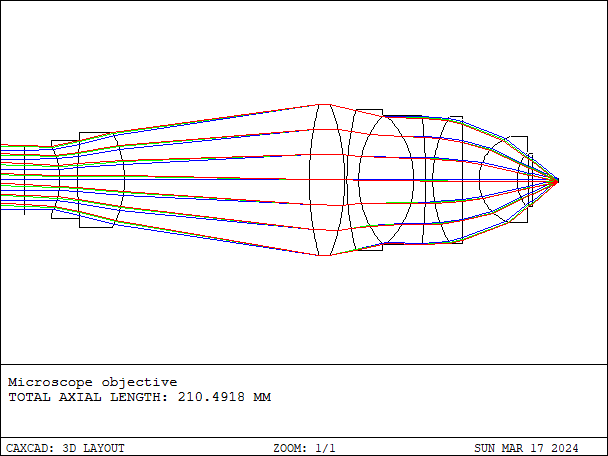
Magnification: The magnification of microscope objectives determines the size of details it can observe. When designing, it's essential to determine the appropriate magnification based on practical application requirements and ensure that the objective design provides sufficient resolution and clarity.
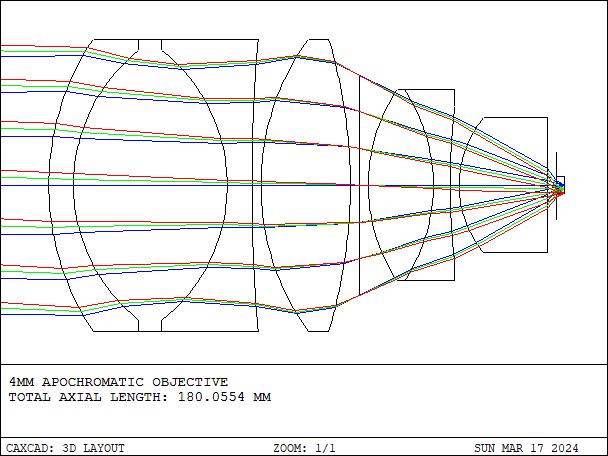
Numerical aperture: Numerical aperture is an important parameter for evaluating the resolution capability and optical performance of microscope objectives. A higher numerical aperture implies better resolution and greater optical throughput. Therefore, when designing microscope objectives, it is necessary to consider how to maximize the numerical aperture while achieving high resolution while maintaining optical performance.
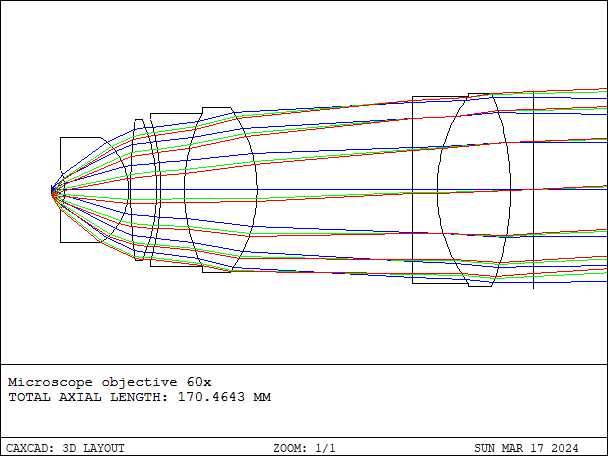
Working distance: The working distance of microscope objectives refers to the distance from the objective to the observed sample. A longer working distance can provide more operating space and more flexible sample manipulation but often sacrifices numerical aperture and magnification. Therefore, it is necessary to strike a balance between magnification, numerical aperture, and working distance during the design process.

Chromatic aberration correction: Chromatic aberration correction is crucial, especially for imaging colored samples. During design, appropriate optical design and material selection should be employed to minimize chromatic aberration and ensure accurate imaging at different wavelengths.
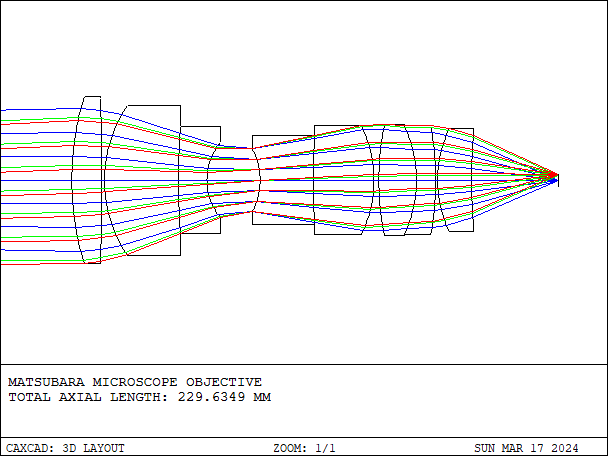
Distortion correction: Distortion affects the accuracy and quality of images. Therefore, distortion minimization or correction, especially radial and tangential distortion, should be considered during microscope objective design.
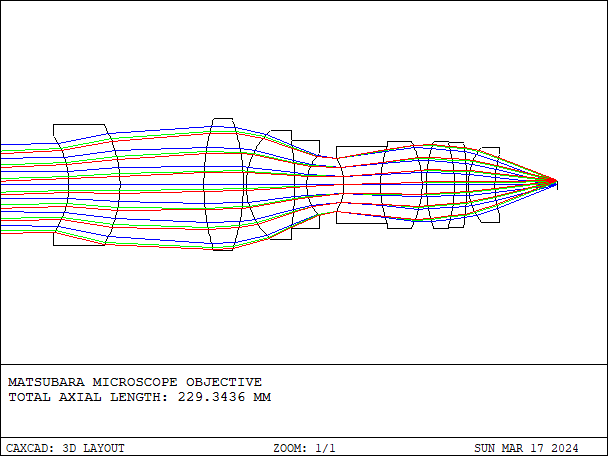
Lens surface quality and coatings: The surface quality and coatings of microscope objective lenses are crucial for image quality. During design, high-quality optical materials should be selected, and surface smoothness and anti-reflection coating performance should be ensured.
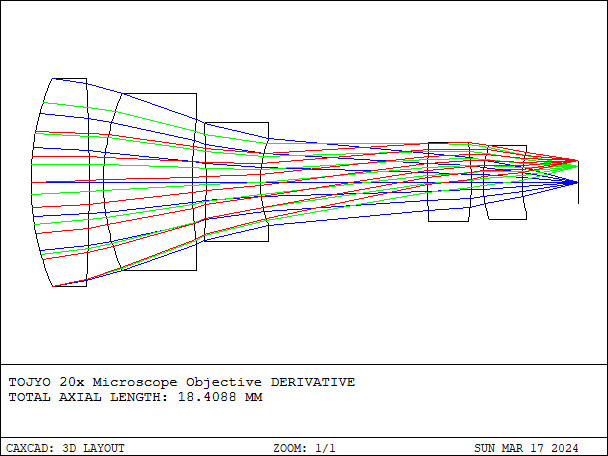
Experimental verification and adjustment: After design completion, experimental verification and adjustment are necessary to ensure that the performance and quality of microscope objectives meet expectations. This includes testing the system using appropriate test equipment and methods and making necessary adjustments and calibrations.
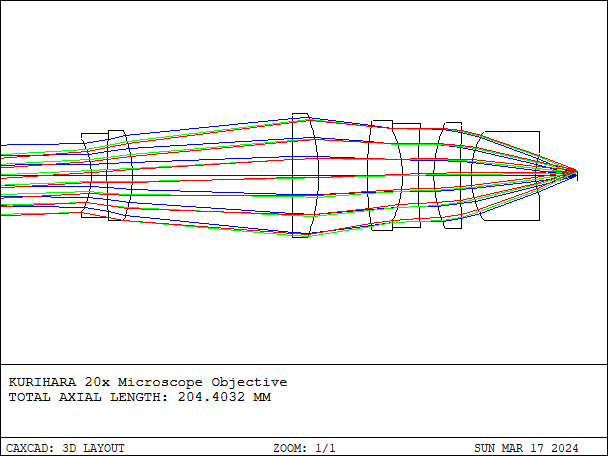
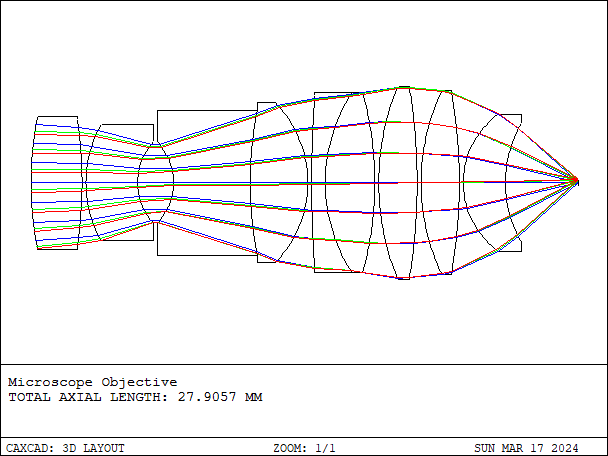
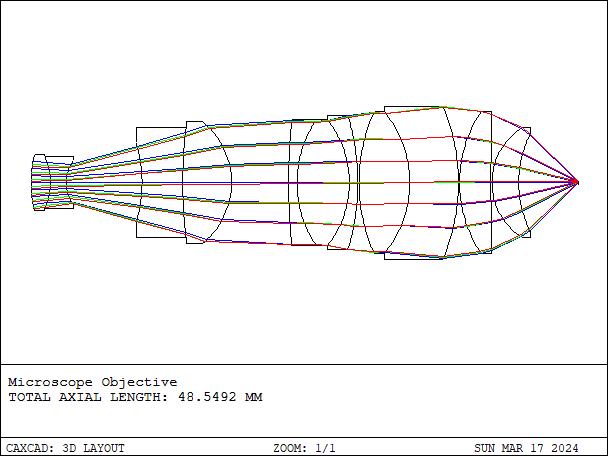
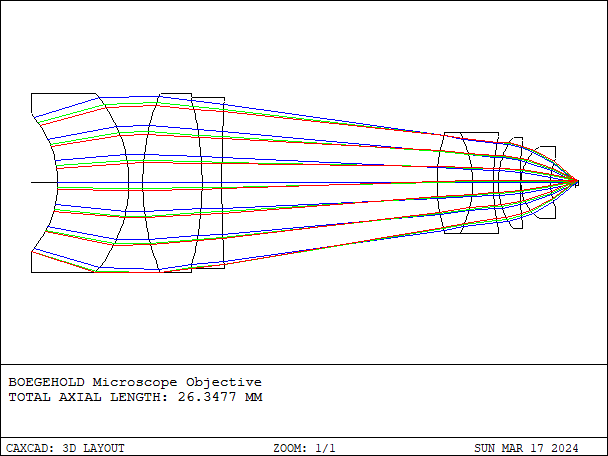
In summary, designing microscope objectives involves various aspects of engineering and technology, including magnification, numerical aperture, working distance, chromatic aberration correction, distortion correction, lens surface quality and coatings, and experimental verification and adjustment. By comprehensively considering these factors and employing appropriate measures and technologies, high-performance microscope objectives can be designed to meet the requirements of different application fields.

